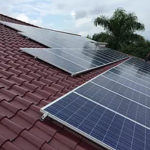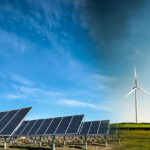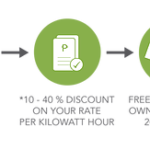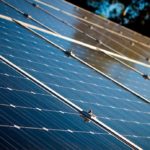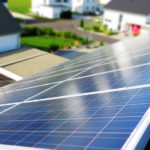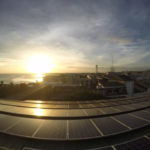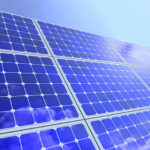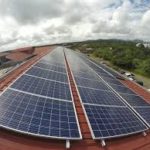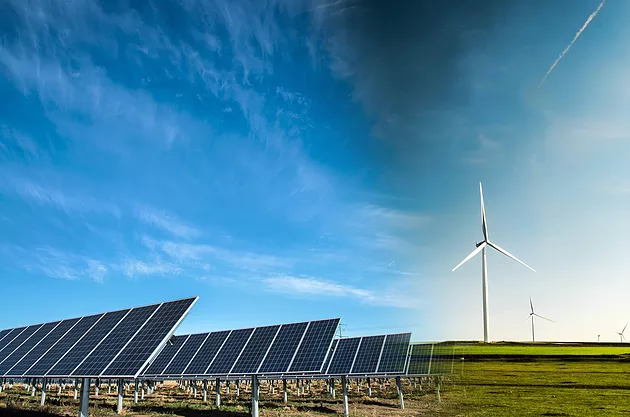
Renewable Energy Solutions in the Philippines
The Philippines has long relied on fossil fuels as a primary form of power generation. To date, despite a several laws on renewable energy, climate change, and electric power, the country continues to invest in and open coal plants, when, in fact, renewable energy solutions are not only available, but are actually more ideal given the country’s climate and geography. Below is a list of five sources of renewable energy in order of their feasibility in the country.
1. Solar
Situated close to the equator, the Philippines receives an exceptional amount of sunlight, approximately 7 kilowatt hours per square meter in its peak month (April) and approximately 3.5 kilowatt hours in its off peak month (December). In a country with this much sun, solar power number one among the renewable energy solutions In 2015, the country saw the construction of three new solar farms. Around the same time, solar photovoltaic installations on rooftops also began to gain traction.
2. Wind
Being an archipelago that faces the Pacific Ocean, the country also enjoys an abundance of wind. The estimate is that the country has the potential to derive approximately 76 gigawatts of its power from wind generation. A handful of windfarms, many in the northernmost island of Luzon, already supply several areas with steady clean electricity.
3. Geothermal
Like Hawaii, the Philippines is full of volcanoes, which makes it ideal for geothermal power. It actually ranks second to the United States as a producer of geothermal energy. Both the flash steam method and the binary cycle method are used in the country, although only the MAKBAN Plant uses the latter. Turning the earth’s heat into electric energy does have its drawbacks, however, because the process can release toxic substances, such as hydrogen sulfide, selenium, and arsenic, which can make it dangerous for the workers in the plant.
4. Biomass
Defined as energy derived from plant and animal resources, the country’s large agricultural industry can support a steady biomass industry. Already there are a dozen biomass plants in the country that turn rice husks, coconut husks, and bagasse into electricity. The drawback is that the supply can be affected during periods of drought, which the country is experiencing more often due to climate change.
5. Hydroelectric
There are almost three dozen hydroelectric sites in the Philippines, each supplying a significant amount of power. However, like biomass, climate change has affected the security of this power source. The country is prone to monsoon weather conditions, and with more storms each year, the potential flooding faced by the areas surrounding the dams could lead to devastating effects on the population.
Despite fiscal incentives, such as tax reductions for businesses in renewable energy, as well as offers from international organizations to aid the country in its switch to renewable energy solutions, the Philippines is still lagging behind other countries in terms of clean energy, with only around 6.67 gigawatts derived from renewables, a tiny fraction of what it could potentially produce with wind and solar energy alone. As it stands the country is already a net importer of fossil fuels. The next twelve years are crucial for the country, which committed to reducing its carbon emissions by 70% by the year 2030. Focusing on both solar and wind power could make a large difference in the country’s climate commitments and energy security.
Posted on September 13, 2018
This post was written by a g
Category: Uncategorized
